The Carnival of Santa Cruz de Tenerife is the most important in Europe and the second in the world after that of Rio de Janeiro, a city with which the capital of Santa Cruz de Tenerife is twinned precisely for this reason.
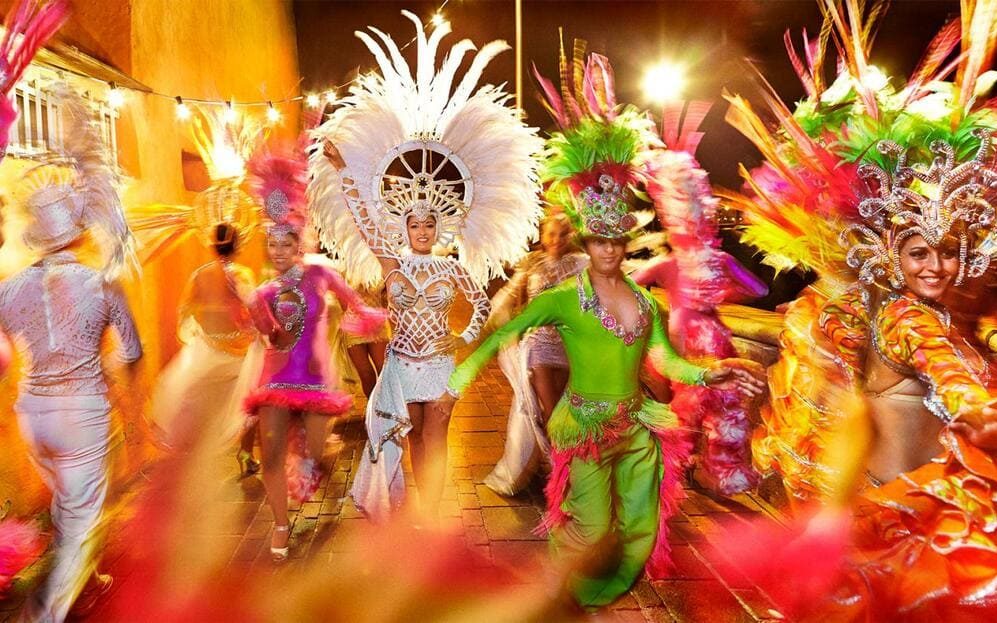
The Carnival of Tenerife has been declared a Festival of International Tourist Interest since 1980, the highest consideration for festivals offered by the Ministry of Tourism of Spain. Traditionally, the Carnival of Santa Cruz de Tenerife is celebrated between the months of February and March, depending on the celebration of Holy Week and Ash Wednesday, the day on which, during Carnival, the Burial of the Sardine is celebrated. This year, due to the restrictions caused by the Covid-19 pandemic, the Canaval de Santa Cruz de Tenerife 2022 will be held during the month of June.
A record-breaking Carnival
Hundreds of thousands of people gather every year in the Canary Islands to enjoy the Carnival of Santa Cruz de Tenerife. In 1987, 250,000 people danced in the streets to the sounds of the famous Cuban singer Celia Cruz with the orchestra Billo's Caracas Boys. This performance was recorded in the Guinness Book of Records as the largest gathering of people in an open-air square to attend a concert.
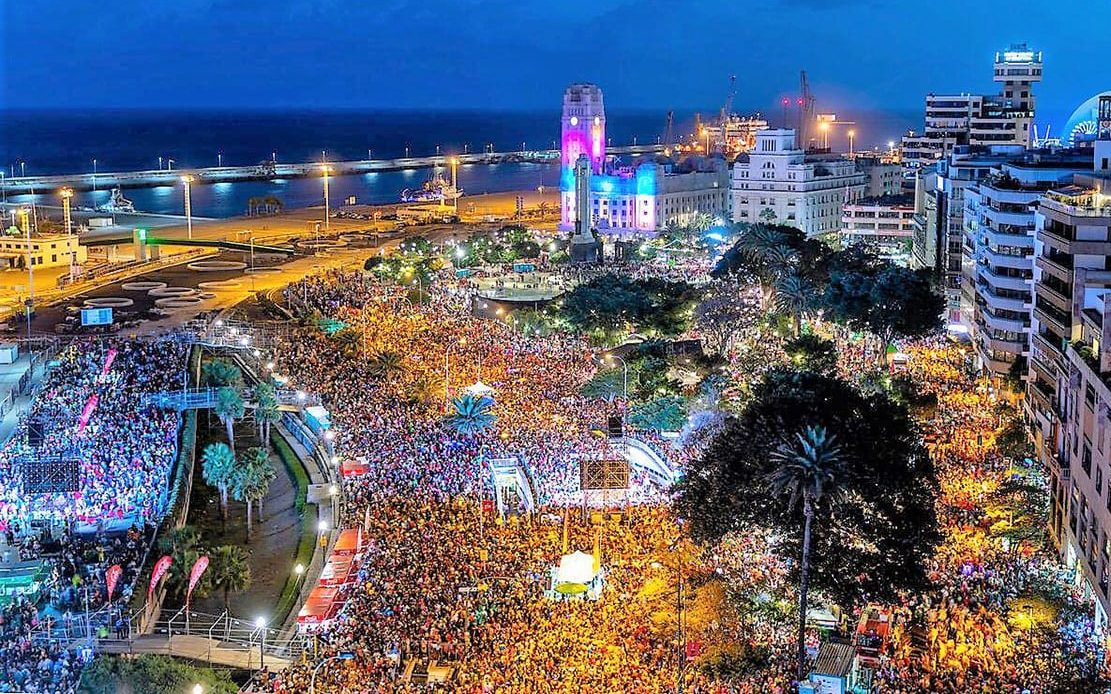
In 2019, a new record was broken when more than 400,000 people danced to the rhythm of Juan Luis Guerra during the celebration of Sábado de Piñata, one of the most important days of Carnival.
History of one of the most famous carnivals in the world
Although the Carnival of Santa Cruz de Tenerife has almost certainly been celebrated since the first European settlements, the first written references date back to the end of the 18th century.
During the dictatorships of Miguel Primo de Rivera and General Franco, the Carnival was renamed "Fiestas de Invierno" (Winter Festivities ) in order to avoid its prohibition. Thus, in 1954, first as Los Bigotudos and later as the Afilarmónica Nifú-Nifá, the first murga was born. In addition, since 1962, a poster is made every year for each edition.
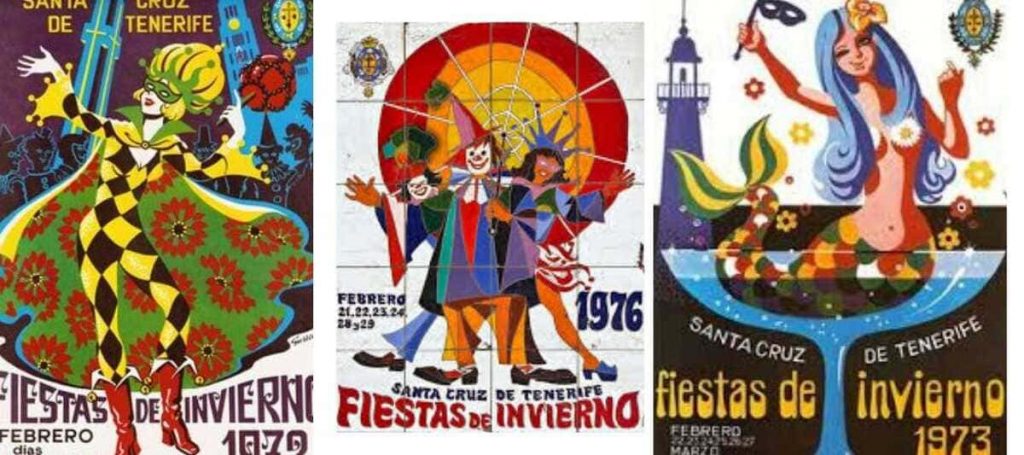
In 1976, at the end of the Franco period, the denomination of "Fiestas de Invierno" ends and the "Carnival" returns, although only in name, the festival had always been present.
In 2000, the Carnival of Santa Cruz de Tenerife became the World Carnival Capital and the venue for the XX Convention of the Federation of European Carnival Cities.
A Carnival with tradition and recognized worldwide
The festival has two distinct parts: the "official" carnival and the street carnival. The first has more than 100 groups including murgas, comparsas, costume groups, rondallas and musical groups, more than 5,000 people who flood the streets in a spectacle of light, sound and color. The street carnival, on the other hand, consists of the participation of the citizens themselves in the party, open to anyone who wants to dance and dress up.
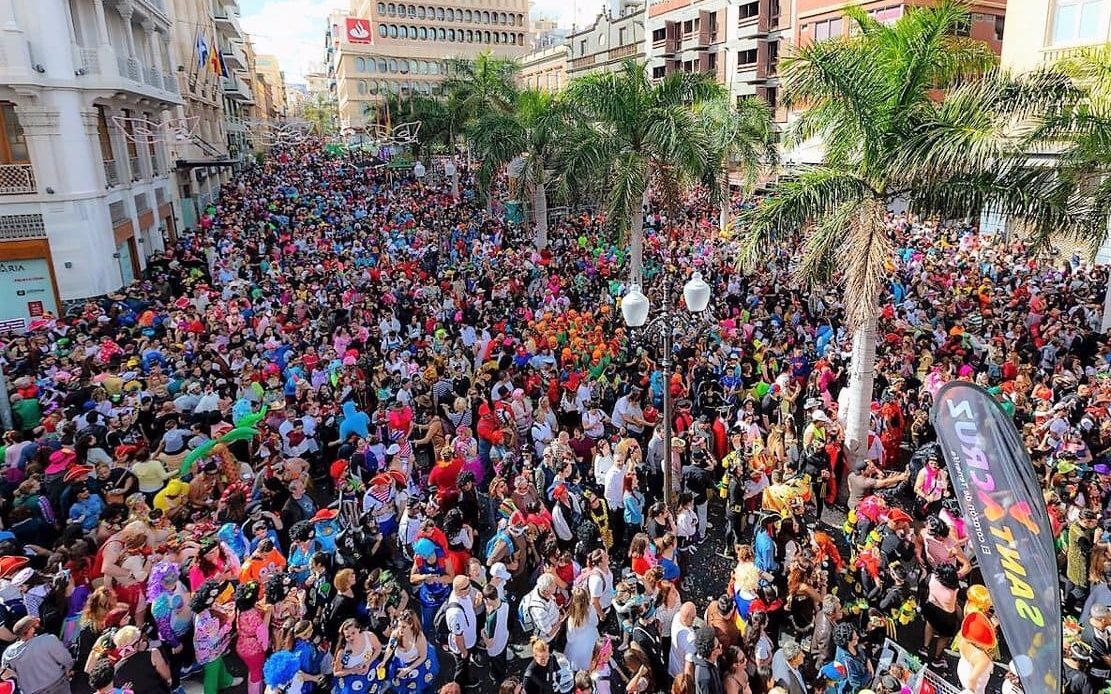
In addition to designing an annual poster for each edition, a theme is also chosen around which the Carnival will revolve. Rome, Ancient Egypt, The Pirates, Fantasy, Cartoons, The Future, among many others, have been some of the themes of the Carnival of Santa Cruz de Tenerife.
The Carnival Queen
One of the mainstays of the celebration is the Gala for the election of the Carnival Queen. The candidates who aspire to be elected wear impressive handmade costumes that have been months in the making.
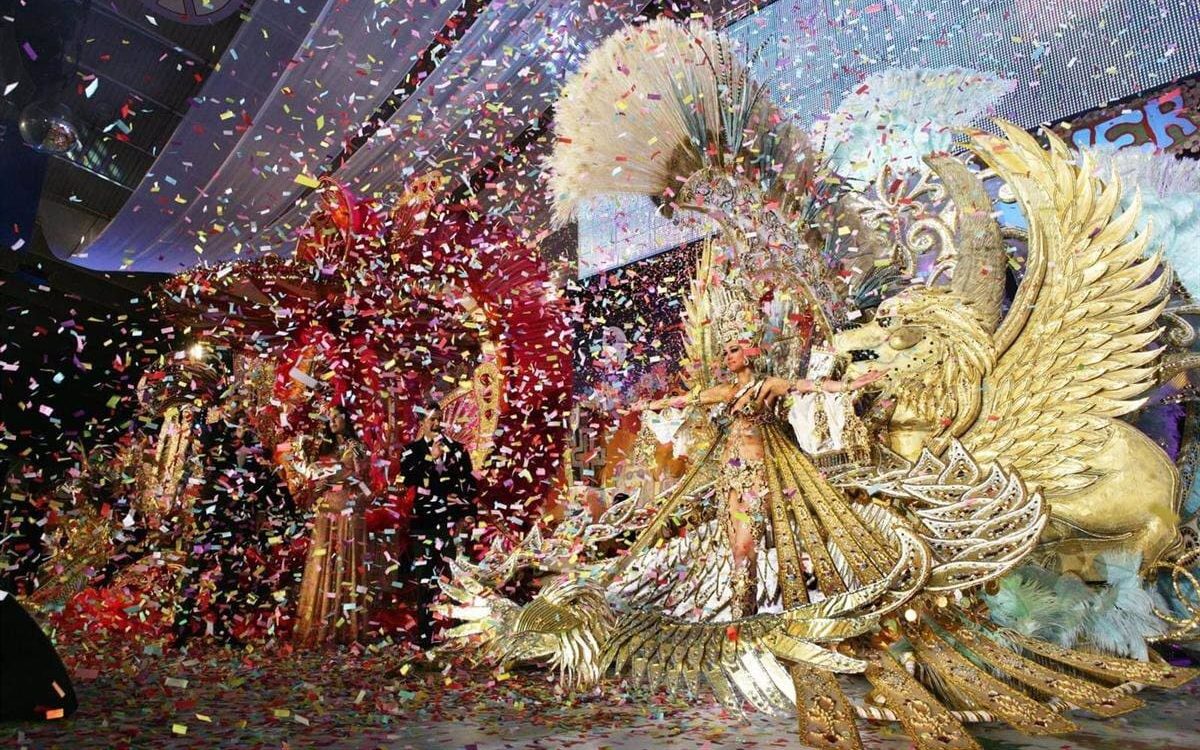
These magnificent costumes are spectacular works of art that, in addition to fabrics, carry all kinds of materials which are placed on a large iron structure: plastic, cardboard, aluminum, sequins, acrylic stones. These costumes can weigh between 400 and 500 kilos, which is why they are equipped with wheels.
Murgas and comparsas
Murgas are groups that compose songs whose lyrics are generally based on social and political criticism, from a comic or humorous perspective. The Adult Murgas Contest is another of the great pillars of the Carnival, in which the different groups demonstrate their talent and the best are awarded.

And it is not only the murgas that put music to the Carnival, but also the comparsas. These are groups of musicians, singers and dancers similar to the samba schools of the Carnival of Rio de Janeiro. Tenerife's first comparsa was Los Rumberos, created in the 1960s by Manuel Monzón. Today, the numerous comparsas of the Santa Cruz de Tenerife Carnival have their own style and are fully integrated into the festival.
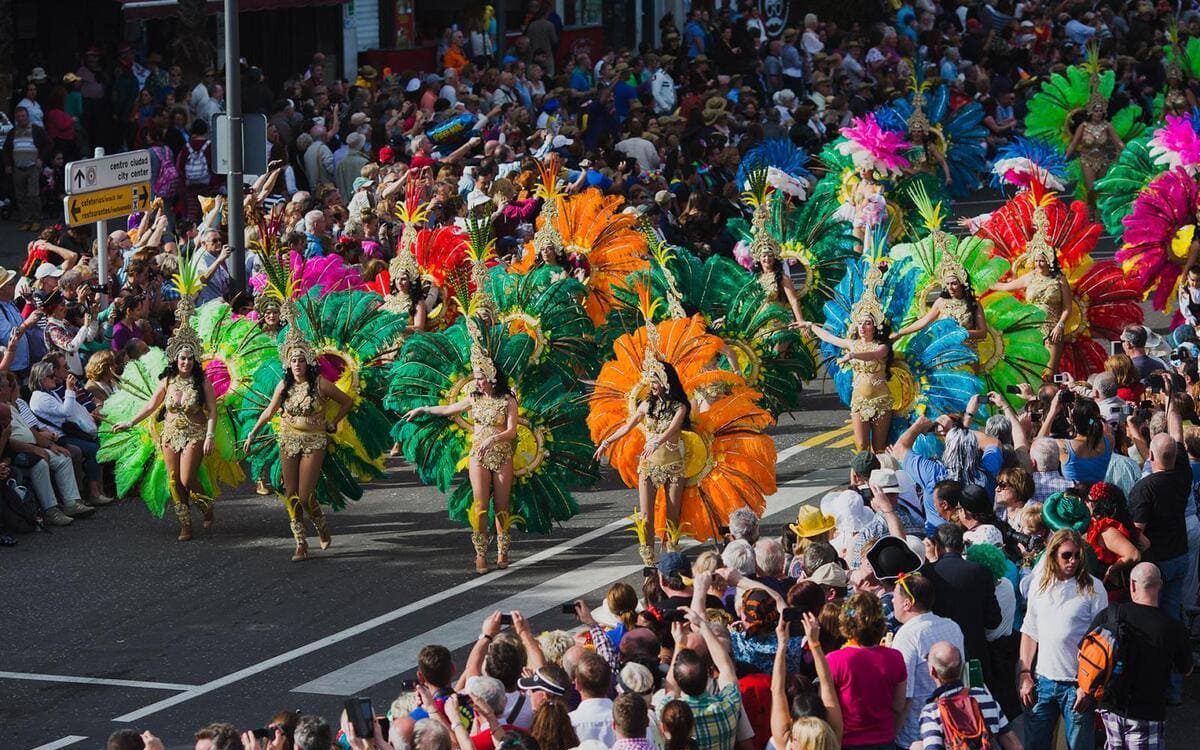
The comparsas also have their own competitions, as do the murgas, where the best ones are chosen. In addition, in the Rhythm and Harmony Contest, groups of dancers demonstrate all their talent by dancing and parading for more than two kilometers.
Paula Vera
Photos: holaislascanarias.com, carnavaldetenerife.com



